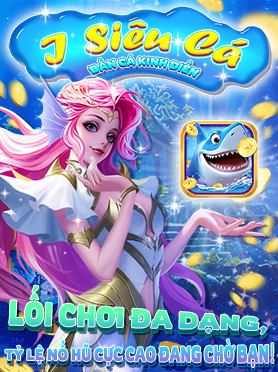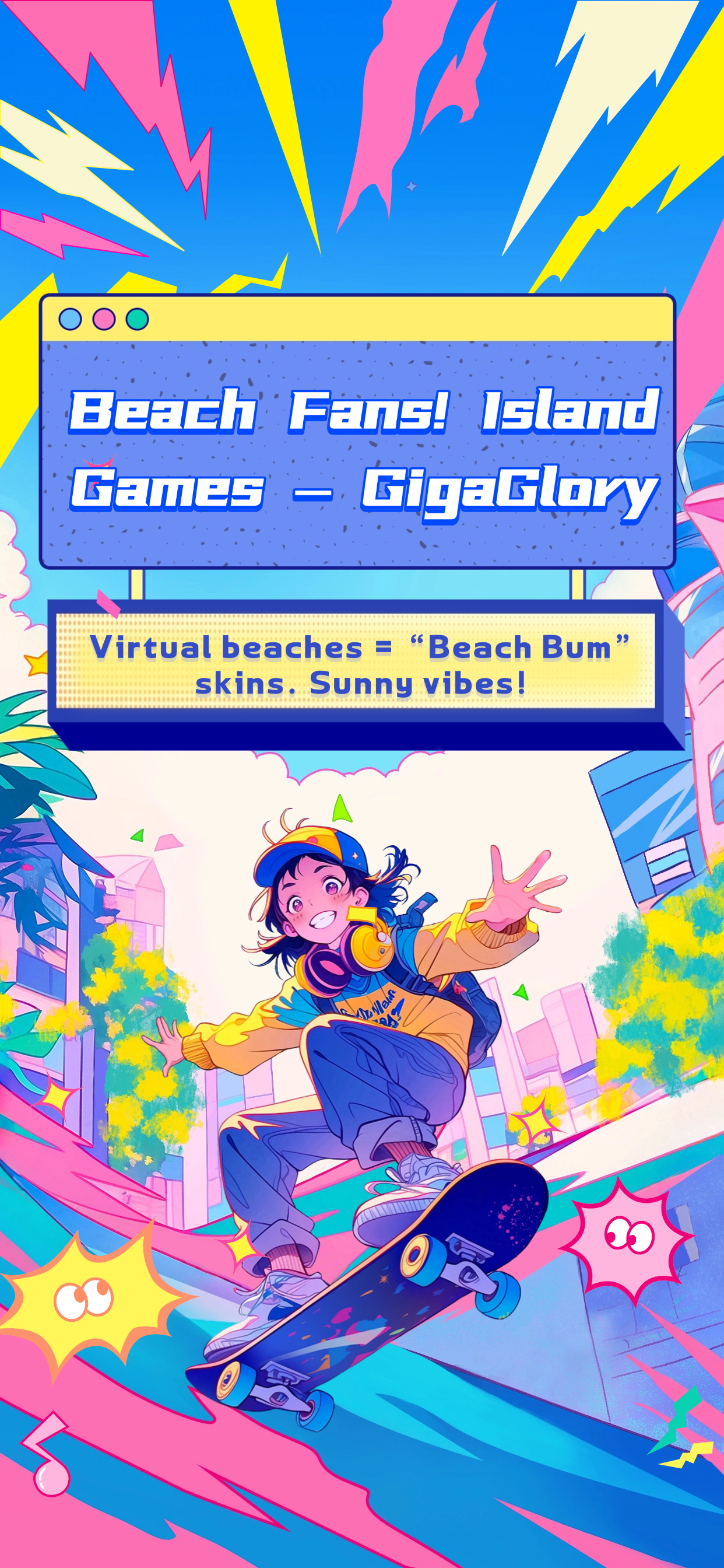Sandbox Games: A New Frontier in Educational Gaming
When we think of gaming, especially in the context of education, our minds might typically wander to structured lesson plans and quiz-based apps. But what if I told you that sandbox games are changing the landscape of learning? Yep, that’s right! Today, we will dive into why sandbox games are the future of educational gaming and how they're engaging learners in ways traditional methods simply can’t.
Understanding Sandbox Games
So, what exactly are sandbox games? In the simplest sense, these are games that allow players to explore and interact with an open world at their own pace. Think of popular titles like Minecraft or Terraria. They give players the freedom to create and modify their environments, fostering creativity and exploration.
Why Are Sandbox Games Ideal for Education?
Interactive experiences in sandbox games can enhance learning outcomes significantly. Children are more likely to retain information when they are actively participating, rather than passively receiving it. Additionally, the open-ended nature of these games promotes problem-solving skills and critical thinking.
Engagement Through Play
With the world leaning more into digital landscapes, educational systems are evolving. Teachers are finding that incorporating sandbox games leads to improved student engagement. When students feel curious and excited, they’re more likely to delve deeper into learning materials. Just imagine kids eagerly collaborating on an in-game project while absorbing math concepts unconsciously!
Key Benefits of Sandbox Games in Education
- Foster Creativity: Students have the freedom to express themselves through building and designing.
- Encourage Collaboration: Players often work together, honing their teamwork skills.
- Promote Critical Thinking: Challenges within games require players to strategize and think ahead.
Sandbox Games vs. Traditional Educational Games
Alright, let’s compare sandbox games to more traditional educational games. Traditional games often have set guidelines, which can feel restrictive. In contrast, sandbox games provide a malleable environment, allowing students to make choices. This flexibility can lead to rich, personalized learning experiences.
Specific Examples of Educational Sandbox Games
Here are some examples that stand out:
| Game Title | Primary Educational Focus | Target Age Group |
|---|---|---|
| Minecraft: Education Edition | STEM, History | 8+ |
| Roblox | Coding, Game Design | 10+ |
| Little Big Planet | Creative Expression | 7+ |
The Role of ASMR Nail Treatment Game in Learning
Ever heard of the asmr nail treatment game? This niche within the sandbox genre brings relaxation into the equation! Players learn to care for their virtual nail salons while enjoying ASMR experiences. Such sensory elements can help soothe anxiety and create a more conducive learning atmosphere!
How Sandbox Games Cater to Different Learning Styles
We all learn differently; some are visual learners, while others prefer hands-on experiences. Sandbox games cater to diverse learning styles:
- Visual Learners: The bright graphics and immersive worlds capture attention.
- Kinaesthetic Learners: Players interact directly with the environment, crucial for tactile learners.
- Auditory Learners: Games with narration or instructions benefit students who thrive on auditory cues.
What About Gamifying Traditional Subjects?
Can we mix traditional subjects with sandbox gaming? Absolutely! For example, history lessons can involve recreating ancient civilizations within a game like Minecraft. This method makes history come alive in ways textbooks can't! Students can explore, build, and even role-play significant events.
FAQs About Sandbox Games in Education
What age group is best suited for sandbox games?
Kids aged 5 and up can engage with sandbox games, but the complexity of the game may dictate the exact age range.
Can teachers effectively use sandbox games in classrooms?
Yes! Many educators integrate sandbox games into their curricula to create interactive learning sessions. These games can enhance participation and enthusiasm during lessons.
Do sandbox games have educational value?
Absolutely! The skills honed while playing these games, such as problem-solving, creativity, and collaboration, are undeniably valuable.
How Long Does War Games Last Apex?
If you're wondering about the longevity of war games in the sandbox genre, such as Apex, they often evolve through updates, new content, and expansions. Many communities thrive around these games, keeping them fresh and engaging long-term!
Creating Balanced and Inclusive Learning Environments
Embracing sandbox games means pushing for balanced learning experiences. This trend encourages inclusivity by bridging communication gaps among students and allowing them to learn at their own pace. Most importantly, it’s about making learning fun!
The Future of Educational Gaming: Embracing Innovation
The future is bright for educational games, especially sandbox ones. As technology advances, we can anticipate even more engaging and responsive gaming environments that cater to learners' needs. Opportunities for collaboration and creativity abound!
Conclusion
In summary, sandbox games represent a revolutionary approach to educational gaming. They provide an engaging, flexible, and customizable learning experience for everyone involved. By emphasizing creativity, collaboration, and fun, these games could very well be the key to fostering a generation of active, curious learners.



